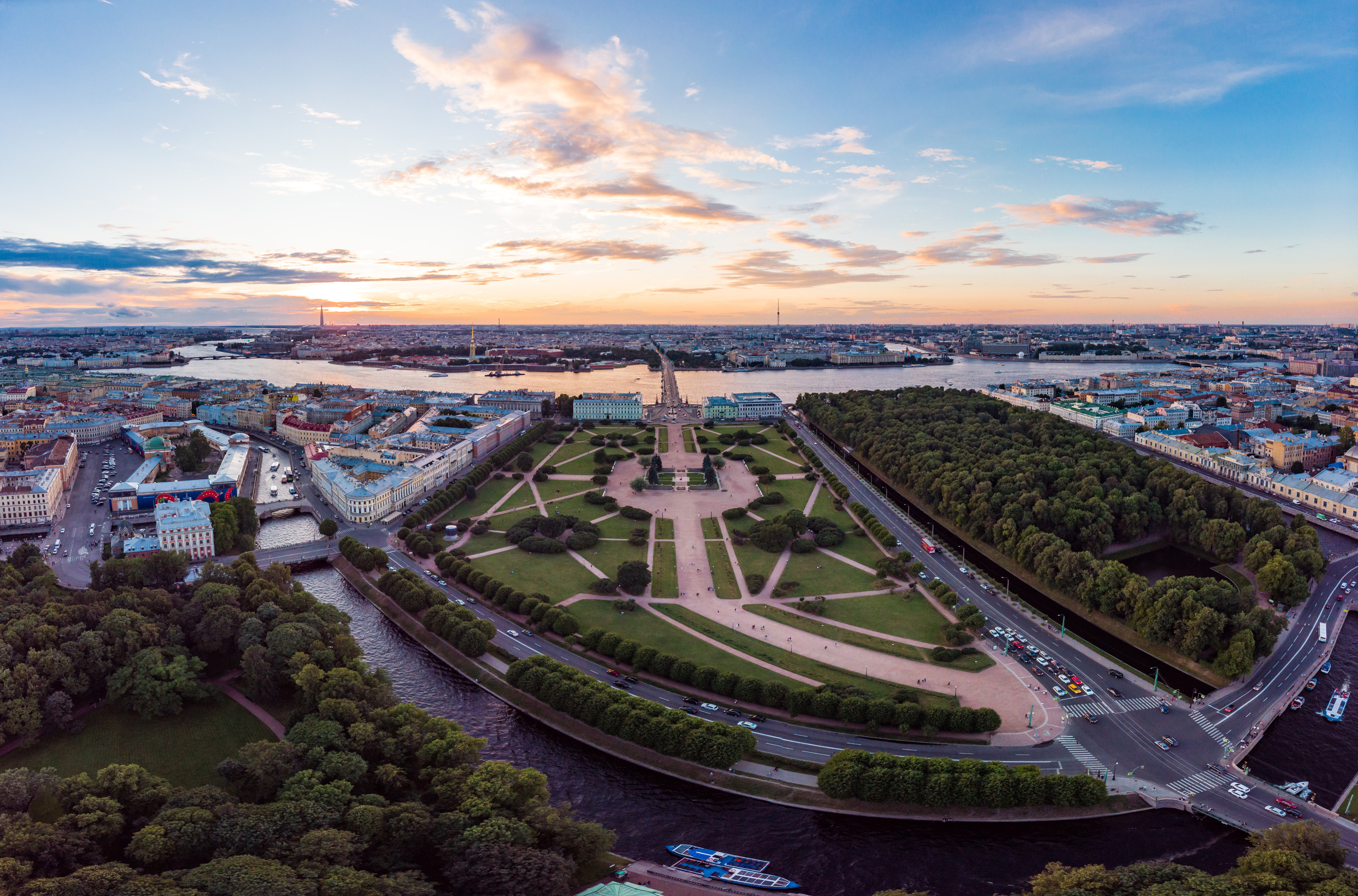St. Petersburg entered the top of the rating of cities with millions of inhabitants according to the urban environment quality index

The Ministry of Construction and Housing and Communal Services of the Russian Federation has identified the most comfortable million-plus cities for the population in 2023. According to the urban environment Quality index, St. Petersburg took the second place, scoring 270 points. According to the Ministry of Construction, the index of the Northern Capital increased by 11% compared to 2019.
"St. Petersburg consistently implements the May 2018 Presidential Decree, in which the head of state set the task to significantly improve the quality of the urban environment by 2024. We are creating new public spaces, continuing the large-scale renovation of public transport, putting streets, avenues, parks, fountains, and communal infrastructure in order. The quality of life of our citizens directly depends on this. The high scores scored by the city confirm that the work is being carried out systematically," said Governor Alexander Beglov.
St. Petersburg has received high marks for the results of landscaping and development of the territory, including thanks to such projects as the museum and historical park "Island of Forts" in Kronstadt, which became the winner of the All-Russian award, as well as the new multifunctional sports complex "SKA Arena" - the largest ice arena in the world.
Currently, a high-speed Latitudinal highway is being built in St. Petersburg, which will provide fundamentally new transport opportunities for residents and guests of St. Petersburg and the suburbs, as well as the Leningrad Region and other regions. There are figures that describe the scale of the project: the total length of the Latitudinal Highway is 32.4 km, of which 16.7 km is within the borders of St. Petersburg and 15.7 km in the Leningrad region. 13 interchanges, 12 overpasses at the intersection with streets, 8 at the intersection with railway tracks, a new bridge across the Neva River and much more will be built.
The city develops and improves the connectivity of neighborhoods, increases the convenience of movement in order to help every citizen save their time — this is especially important in today's fast pace of life.
Work is actively underway on the construction of the Kupchino — Shushary — Slavyanka high-speed tram line. The project will improve the quality of transport services in large residential areas, where more than 60 thousand people live. The estimated travel time from Slavyanka to Kupchino metro station will be reduced by almost two times.
Large-scale changes and transformations in St. Petersburg are taking place in the tourist and recreational sphere. On behalf of the President, the project of the year-round seaside resort "Gorskaya" on the shore of the Gulf of Finland is being implemented. On the territory of the former construction site, it is planned to create sports and hotel infrastructure facilities, a large number of public and recreational spaces, the development of a coastal strip, the construction of embankments and a walking park area along the water.
Thus, the Northern Capital makes a significant contribution to achieving the goals of the national project "Housing and Urban environment", which is formed and implemented based on the results of the index, which makes it possible to improve the urban environment and increase the tourist attractiveness of the region.
The urban Environment Quality Index is calculated annually by the Ministry of Construction of Russia together with the House of the Russian Federation. The assessment system consists of 30 indicators characterizing the level of improvement and comfort of living in the city. Safety, environmental friendliness, quality of transport, roads, accessibility of social facilities, as well as identity and diversity, modernity of the environment are taken into account. Six types of spaces are analyzed: housing, public and business infrastructure and adjacent spaces, social and leisure infrastructure and adjacent spaces, green areas, embankments, street infrastructure and citywide space.